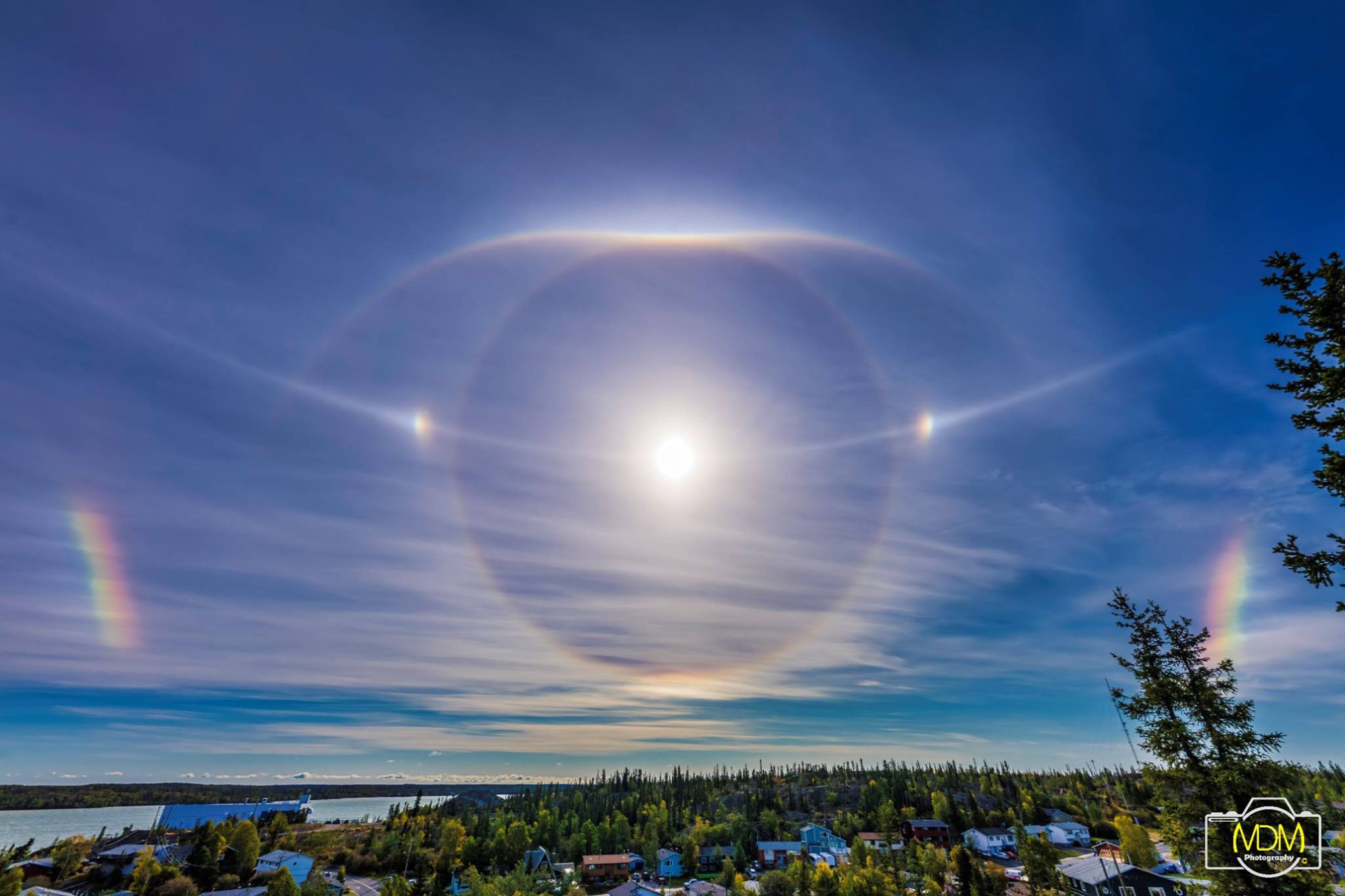Physics
>
KS3
>
Energy and Matter
>
Complete t...
Complete the sentence: The splitting up of light is called d______.
4 years ago
·
16 Replies
·
3262 views
Octavia Jerde
16 Answers
Pharmacy Masters student with over 2 years tutoring experience.
Hello,
It is Dispersion.
I'm available for 1:1 private online tuition!
Click here to view my profile and arrange a free introduction.Masters in Astrophysics, tutoring in maths and physics.
2 reviews
Dispersion: light splitting up into various wavelengths, eg a rainbow, or light passing through a prism.
Diffraction: spreading out of waves as they pass through a small hole or around objects
I'm available for 1:1 private online tuition!
Click here to view my profile and arrange a free introduction.Experienced Science teacher and examiner with a passion for Science
9 reviews
Dispersion! Its the reason the sky is blue and we get fantastic sunrises and sunsets!
I'm available for 1:1 private online tuition!
Click here to view my profile and arrange a free introduction.Dispersion is splitting up the light in different colors when passing thorough a media with refraction depending of the light wavelength
Astrophysicist! Physics, Mathematics and Science Tutor
The splitting of white light into its seven constituent colours is called Dispersion
I'm available for 1:1 private online tuition!
Click here to view my profile and arrange a free introduction.Experienced and enthusiastic English tutor for KS1 - KS4, TEFL & TESOL - 10 years experience online teaching
27 reviews
Dispersion! Its how the light get split into the rainbows
I'm available for 1:1 private online tuition!
Click here to view my profile and arrange a free introduction.Qualified & Experienced Teacher and AQA marker of Science GCSE's
17 reviews
Its dispersion. It results in white light splitting into its component colours and was the way scientists discovered infra red and ultra violet waves
I'm available for 1:1 private online tuition!
Click here to view my profile and arrange a free introduction.Enthusiastic science tutor, looking to help you succeed.
17 reviews
Dispersion. The splitting of light when it travels into a prism is called dispersion. The splitting is caused by refraction. Refraction occurs when light moves from one material to another. Each wavelength of light is refracted through a different angle, so the colours separate.

One of the most famous effects of dispersion is the rainbow. These are always good to see, but there are many more atmospheric light effects to look out for.

In this image you can see a halo around the sun, two sundogs (parhelia) on the left and right of the halo, an upper tangent arc (on top of the halo), a parhelic arc (going through the two sundogs) and infralateral arcs (far left and right of the image). These are all caused by ice crystals refracting light.
Look here for some other light effects you may see in the atmosphere. I would really like to see the spooky Brocken Spectre. Light really is fantastic.
I'm available for 1:1 private online tuition!
Click here to view my profile and arrange a free introduction.Engaging Science lessons tailor made for every student
The splitting up of light is called dispersion
I'm available for 1:1 private online tuition!
Click here to view my profile and arrange a free introduction.KS3, KS4, KS5 Science teacher of 6 years. Examiner; Curriculum writer.
Dispersion of light
I'm available for 1:1 private online tuition!
Click here to view my profile and arrange a free introduction.Qualified and experienced science teacher - KS3, GCSE and A levels.
2 reviews
Dispersion of light
I'm available for 1:1 private online tuition!
Click here to view my profile and arrange a free introduction.Complete the sentence: The splitting up of light is called dispersion.
Dispersion, but most exams will also allow you to just describe this as the refraction of light!
The splitting up of light is called 'dispersion'.
The splitting up of light into its component colors is called dispersion.
Think you can help?

Need a KS3 Physics tutor?
Get started with a free online introductions with an experienced and qualified online tutor on Sherpa.
Find a KS3 Physics Tutor